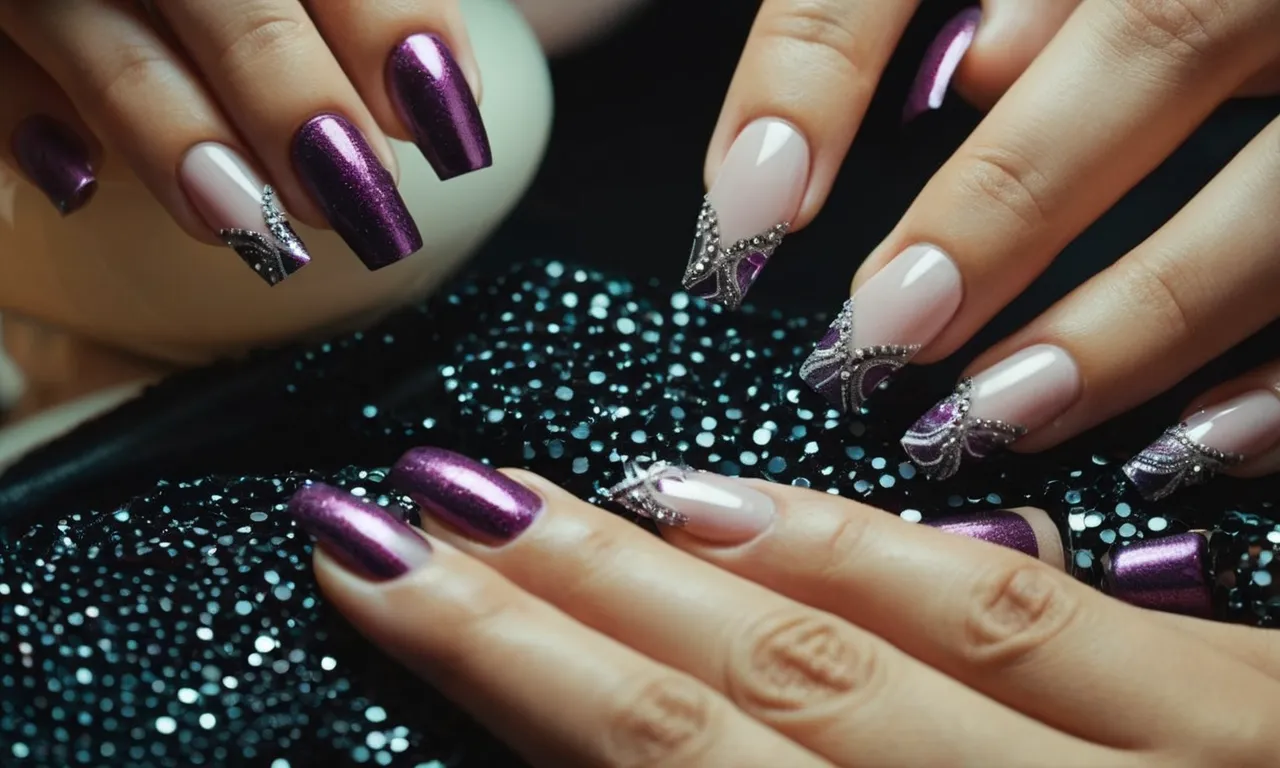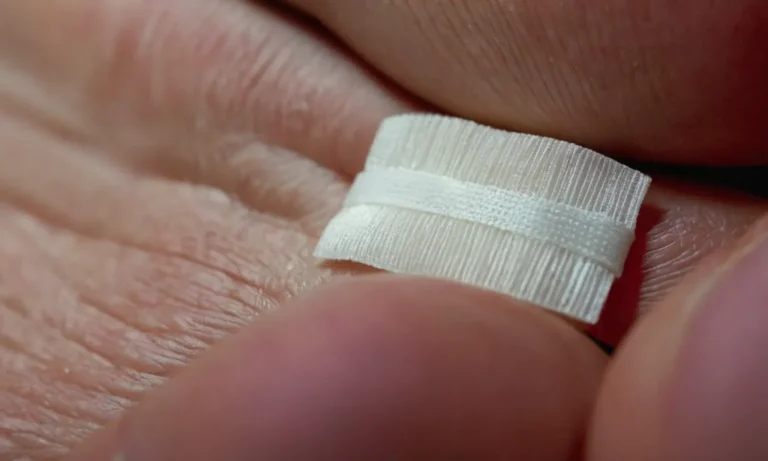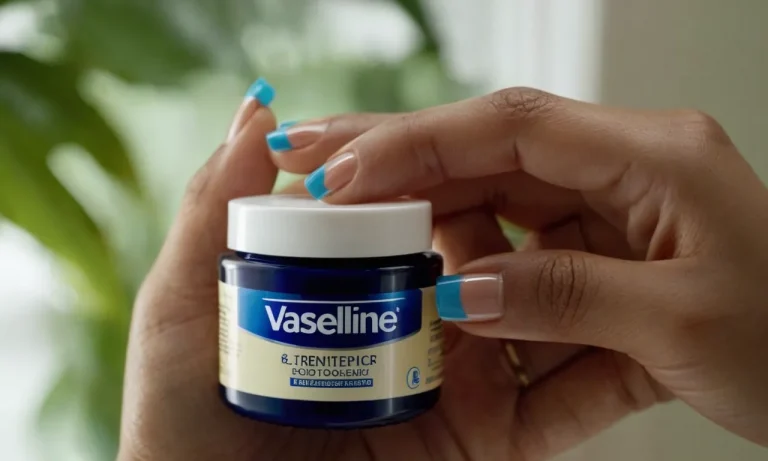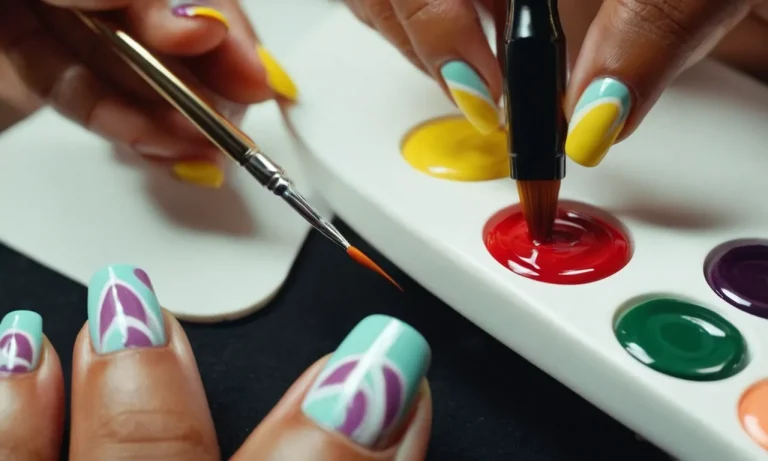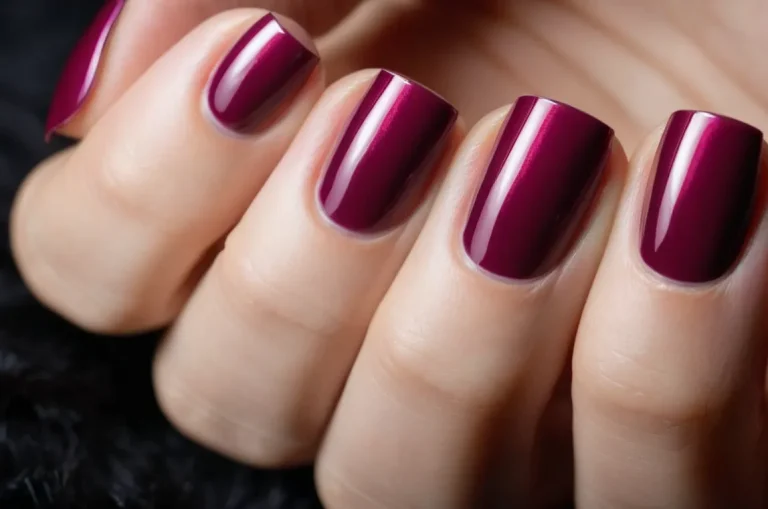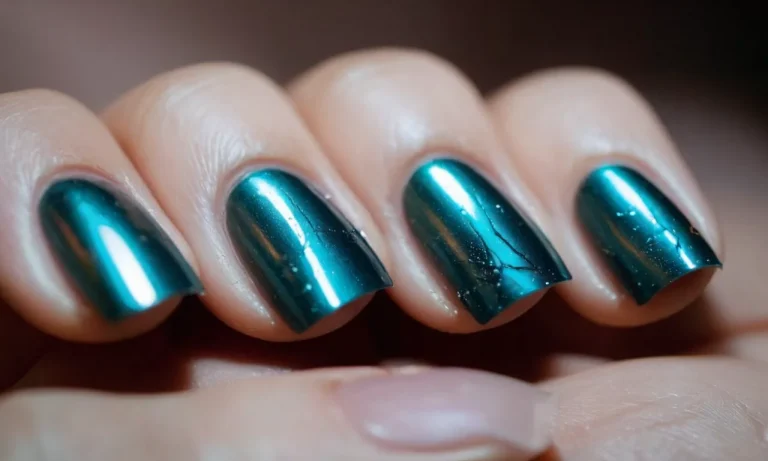How To Become A Certified Nail Technician
Have you ever admired the beautiful nail art at your local salon and wondered if you could learn the skills to do it yourself? Becoming a licensed nail technician can be a rewarding career that allows you to express your creativity while helping clients look and feel their best.
If you’re short on time, here’s a quick answer: You’ll need to complete a state-approved nail technician program, accumulate practice hours, pass written and practical exams for licensure, and pay associated fees over 6 months to 1 year to become a certified nail tech.
In this comprehensive guide, we’ll cover everything you need to know to launch a successful and satisfying career doing manicures, pedicures, acrylic nails, nail art, and more.
Complete a Nail Technician Training Program
Types of Programs
There are several options for completing the necessary training to become a licensed nail tech. Many community colleges and vocational schools offer programs in nail technology that range from basic manicuring to advanced nail art techniques.
These programs culminate in either a certificate or diploma upon completion. Another route is through private beauty schools focusing specifically on nail care, which also provide in-depth practical training and prepare students for state board exams.
Some programs offer part-time schedules, allowing students to work while earning their certificate over a longer period of time.
Program Length and Format
Full-time nail technician programs generally take 3 to 6 months to complete with 350-400 hours of total study. There is a hands-on component where students practice nail services on real clients in a salon setting.
Topics covered include sanitation procedures, natural nail care, artificial nail techniques (acrylics, wraps, tips), gels, designs, pedicures, and business practices. Students gain experience with the tools and chemicals used in nail salons.
The programs ready graduates for licensure exams and to launch their careers upon completion.
Program Costs
Prices for nail tech school vary greatly, but typically fall somewhere between $4,000-$10,000. Cost depends on the program length, school’s location and reputation. Additional fees may include textbooks/kits, registration, and state testing/licensing charges.
Many schools provide assistance with loans, grants and financing options to help students budget for costs. Nail technology programs are an affordable pathway into a viable career, especially compared to more advanced cosmetology programs.
Students attend school for less time than some other beauty disciplines, allowing them to complete faster and begin earning an income sooner with their new license.
Skills You’ll Learn
A nail training program covers both hard and soft skills needed to succeed as a manicurist. Technical skills include proper procedures for natural nail care, artificial nail application and design, use of professional products/tools, pedicures, paraffin wax treatments, and marketing services.
Students also gain critical business skills like customer relations, appointment booking, inventory management, and record keeping. Safety and sanitation protocols must be strictly followed to prevent infections.
Licensure prepares students in all core competencies needed to deliver excellent nail care, client education, consultations for services, and managing the operations of a nail salon.
Get Licensed in Your State
License Requirements
Becoming a certified nail technician requires completing a state-approved nail technician program and passing both written and practical licensing exams. Here are some key steps to get licensed in your state:
- Enroll in and complete a nail technician training program at a cosmetology school or nail school. Programs range from 300 to 600 hours of instruction and cover topics like sanitation, nail structure, nail diseases, manicuring, pedicuring, acrylics, gels, and state laws.
- Apply to take your state’s nail technician license exams. Submit a completed application, proof of completing an approved training program, photo ID, and exam fees.
- Pass the written and practical exams. The written test covers nail structure, diseases, sanitation, and state laws. The hands-on exam evaluates your skills in areas like manicuring, acrylics, gels, and pedicuring.
- Submit a license application and fee. Once you’ve passed the exams, submit a completed application, proof of completing school, and pay licensing fees to get your full nail technician license.
- Renew your license periodically. Most states require annual or biennial license renewals to keep your certification active.
Written and Practical Exams
To become a licensed nail technician, you must pass a written and a practical skills exam approved by your state’s board of cosmetology. Here’s an overview of what to expect:
- Written Exam – Includes multiple choice questions covering state laws, sanitation procedures, nail structure, nail diseases and disorders, manicuring, pedicuring, chemistry, and more. You’ll have between 60-90 minutes to complete it.
- Practical Exam – Tests your hands-on skills in areas like nail tip application, acrylics, gels, pedicures, manicures, and maintaining sanitation. You’ll perform assigned tasks in a timed setting while examiners evaluate your work.
To pass, you typically need a score of 70-75% or higher. Many states let you retake the parts you don’t pass initially. It’s crucial to study your state’s exam content and practice hands-on skills thoroughly before testing.
License Fees
The costs to get licensed as a nail tech vary by state but often include:
- School tuition – Full nail programs range from $2,000-$5,000+.
- State exam fees – Written exam fee is usually $75-$150; practical can be $100-$200.
- Initial license fee – Ranges from $25-$100+ depending on the state.
- License renewal fee – Due every 1-2 years and typically $25-$100.
Some states may require additional costs like a criminal background check or business license. Many nail techs offset the startup costs by taking advantage of school financial aid like grants and scholarships. Working part-time while in school also helps.
The investment pays off quickly once you start working since the median hourly wage is $13.95 nationally.
Build Your Nail Tech Toolkit
Essential Equipment
As a nail technician, having the right tools and equipment is essential for providing excellent service to clients. Here are some must-have items for your nail toolkit:
- An electric nail file – these handy tools safely and efficiently file nails. Popular brands like Kupa and MelodySusie offer great cordless options.
- UV and LED lamps – necessary for curing gel manicures. Leading companies like Bio Sculpture Gel and CND Shellac have 36-watt+ bulbs for quick, quality curing.
- High-quality nippers – these precision tools cleanly trim nail extensions. Brands like Tweezerman are a sound investment for durability and ease-of-use.
- Cuticle pushers and nippers – safely push back and trim stubborn cuticles without damage. Stainless steel tools from Sally Hansen and Cuccio are recommended.
Having these essentials in your arsenal allows you to skillfully and efficiently deliver an impeccable manicure!
Nail Products and Materials
The right nail products transform basic nail services into an indulgent client experience. Stock your kit with:
- Gel polish – brands like OPI and Essie have long-lasting gel color collections with 1,000+ shades!
- Acrylic powders and liquids – Create strong, customizable nail extensions. Popular options come from Sparkle & Co. and Mia Secret.
- Nail art supplies – rhinestones, glitter, striping tape – so many ways to get creative! Companies like Born Pretty offer an awe-inspiring range.
- Top and base coats – protect natural nails and help polish adhere better. Industry leaders like Orly and OPI deliver outstanding primers and sealants.
Investing in diverse, client-pleasing nail products demonstrates your dedication to the craft and providing five-star service!
Business Supplies
Running a successful nail business requires more than just skill – having professional operational supplies makes a big difference! Be sure to have:
- Billing and record keeping supplies – detailed client notes, appointment books, receipts, and software to track revenue streams.
- Marketing materials – eye-catching business cards, brochures, mailers, and website for promoting your services and pricing packages.
- Sanitation essentials – EPA-approved disinfectants, hand soaps, single-use files and buffers, facial masks, and gloves to ensure sterilization between each client.
- Furnishings – invest in an ergonomic technician chair and comfortable pedicure station to ensure all services are delivered safely and professionally.
Properly equipping your business promotes productivity and profitability, while reassuring clients you value their health, safety and overall experience.
Start Working as a Nail Technician
Employment at a Salon/Spa
After becoming a certified nail technician, one of the best ways to start your career is by getting a job at an established nail salon or spa. This allows you to gain valuable hands-on experience and build up your clientele under the guidance of experienced professionals.
When applying for nail tech positions, make sure to highlight any specialized training you have received and put together a professional portfolio showing examples of your work. Many salons will start you off doing simple manicures and pedicures and you can work your way up to more advanced nail treatments as you gain experience.
Working at a salon also gives you the opportunity to observe how the business runs on a day-to-day basis. Pay attention to scheduling, inventory management, sanitation practices, and marketing techniques used by the salon.
This knowledge will help prepare you to eventually open your own nail business if that is your goal. And be sure to network with the stylists, estheticians, and other techs at the salon. These connections can lead to referrals and new clients as you build your reputation.
Opening Your Own Business
Many nail techs dream of being their own boss and opening a nail salon or private studio. This allows you to have full control over your schedule, services, prices, and salon atmosphere. However, running a small business requires knowledge and skills beyond just doing nails.
Be sure to educate yourself on business licensing requirements, insurance, bookkeeping, hiring staff, and marketing before taking the leap into salon ownership. The startup costs can also be substantial, with estimates ranging from $50,000 to $250,000 to open a nail salon depending on size and location.
Some ways to get started with less investment are renting a chair or space at an existing salon, starting off as a mobile nail tech, or offering nail services out of your home (if permitted in your area). This allows you to build a client base and earn income while minimizing initial expenses.
As your business grows, you can look into leasing or purchasing your own commercial space for a private nail studio or salon.
Building Your Reputation
No matter where you choose to work after becoming a certified nail technician, building a solid reputation is crucial for success. There are several things you can do as a new nail tech to create buzz and stand out from the competition:
- Network with other beauty professionals who can refer clients to you.
- Create accounts on social media platforms like Instagram and Facebook to showcase your work.
- Distribute brochures or flyers advertising your nail services and specials.
- Offer promotions or complimentary treatments to first-time clients.
- Join local chambers of commerce and networking events to introduce yourself to potential new clients.
- Consider volunteering to do nails for charity events, pageants, or fashion shows. This builds your portfolio while also giving back to the community.
Most importantly, make sure every client leaves with a pristine, polished manicure and stellar customer service. A solid reputation of consistent quality and professionalism will be your best advertisement as a new nail tech.
Maintain Your Nail Tech License
Continuing Education Requirements
To keep your nail technician license current, most states require you to complete continuing education (CE) courses annually or biannually. Typically, you’ll need to finish anywhere from 4 to 16 hours of CE training on topics like infection control, new products and techniques, business practices, and state laws and regulations.
Many CE courses are available online for convenience.
Look on your state cosmetology board’s website to find exact CE requirements and approved courses. Some states let excess CE hours roll over, meaning if you complete 20 hours when only 8 were required, the extra 12 hours would count toward your next renewal.
Failing to finish your CE hours on time could lead to late fees or even license suspension, so be sure to stay on top of deadlines.
License Renewal Fees and Process
In addition to CE hours, maintaining your license requires paying a renewal fee every 1-2 years. Fees typically range from $25-$100 depending on your state. The renewal process is done online through your state cosmetology board’s website.
You’ll log in to your existing account, confirm your contact information is current, submit proof you completed all required CE training, pay your fee, and print out an updated license.
Renewal reminders are usually sent out, but be proactive tracking dates to avoid any lapse in your license. Some states let you renew up to 6 months early. Consider getting on a recurring payment schedule, so your fee is automatically paid each period.
Renewing on time preserves your legal ability to continue practicing as a licensed nail tech.
Conclusion
With the right training, practice, and state licensure, you can become a professional nail technician helping clients put their best hands and feet forward. It’s a career that allows you to blend technical skills with creative expression while building relationships with a regular clientele.
As the demand for quality nail care continues rising, there’s never been a better time to join this rewarding industry.

